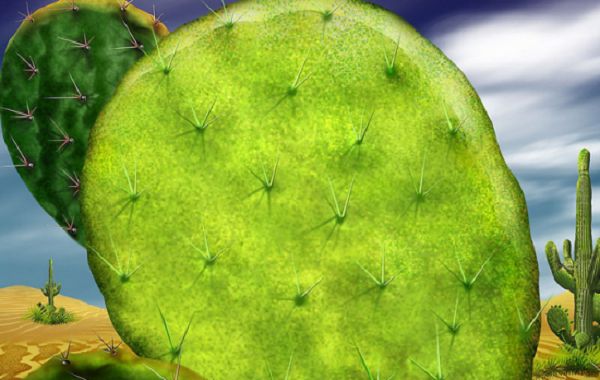It is the right time for flowers to prevent diseases and insect pests in spring
Spring is an important stage for flower sowing and seedling raising. With the warmer weather and higher temperature, diseases and insect pests are about to enter the high incidence period. The quality of seedlings determines the quality of finished flowers in the future, so prevention of pests and diseases in spring is particularly important. The reporter interviewed some industry insiders recently and asked them to make suggestions for the prevention of pests and diseases in spring flower production.
Spring pest prevention is particularly important.
High temperature and humidity prevent disease occurrence
In March and April, flower production in northern China is generally still in greenhouse facilities, but at this time, enterprises have gradually reduced heating, the temperature in facilities begins to decrease, but humidity is still very high, easy to break out gray mold, downy mildew and other fungal diseases. Dong Yuguang, plant protection technology manager of Xianzhengda Company, told reporters that the production of Phalaenopsis, Cymbidium, Anthurium and other potted flowers in northern greenhouse needs high humidity conditions, which is easy to suffer from fungal diseases. Although companies can avoid infection by cutting flower stems, he says the best way is to ventilate and humidify them in good weather or apply protective antibiotics such as chlorothalonil. If plants are found to have been infected with the disease, chemical reagents containing fludioxonil such as huiyou should be used for control.
In addition to the above diseases, flower seedlings in southern China are easy to grow excessively due to high temperature and humidity, and stems are often affected by some soil-borne diseases, such as damping-off and withering. These diseases can be prevented by watering the soil directly with a fungicide at the time of first watering, or by mixing the substrate or soil with a fungicide at the time of sowing.
At present, the temperature in subtropical coastal areas such as Guangdong and Hainan is very high, which is easy to break out flower blight, which often occurs in the process of planting Dendrobium. Flower blight is very destructive. In addition to using mancozeb and other pesticides to disinfect soil and substrate, chemical pesticides containing propionamide can also be sprayed at the initial stage of disease.
In addition, in terms of physical control, the greenhouse humidity should be controlled as much as possible to avoid long-term attachment of water droplets on plant leaves. Sprinkler or sprinkler watering is best done in the morning so that the water droplets on the plants dry out before evening. To use good drainage culture substrate, and avoid excessive watering, otherwise it will lead to the occurrence of root rot. Try not to mix substrates with soil, as most soils contain pathogens that cause root rot.
Prevention first, strong seedling first
Although the occurrence of pests and diseases can be applied to control such chemicals, but the dealer or suggested that flower production enterprises should give priority to prevention, in management efforts, select disease-resistant seedlings. Yang Liu, general manager of Zhengzhou Biaodian Chemical Co., Ltd., believes that in addition to using some broad-spectrum pesticides for prevention, enterprises can also apply some growth regulators conducive to rooting and some base fertilizers to improve soil activation microorganisms. Cao Yadong, manager of horticulture department of Beijing Leili Group, said that potted flowers are often applied with inorganic fertilizer, which easily leads to soil pH drop, increase of diseases and insect pests and weak plants. At this time, it is a good way to apply some biological fertilizer to improve soil environment. As a flower production enterprise, Bao Qingsong, a technician of Beijing City Flower and Wood Company, said that chemical control is a last resort, and it is very difficult to control pests such as thrips. Enterprises should strengthen fertilizer and water management, do not provide an environment for the occurrence of diseases and insect pests, and focus on prevention rather than relying entirely on pesticides.
Related
- What if the leaves of potted flowers turn yellow?
- Florescence Control of several Flowers
- Anti-freezing technology and post-freezing nursing technology of flowers
- What is the classification of flowers? What are the common methods of flower classification?
- Prevention and control of alkali and acid damage of flowers in courtyard
- Technology of Anti-freezing and restoring growth of Flower seedlings in greenhouse and greenhouse
- How does flower fertilization not hurt the root? Fertilization technology of flowers
- Key points of disinfection in flower greenhouse
- Several pesticides that are banned or used cautiously in flowers
- How to fertilize the flowers that watch the leaves?



